The Galapagos are a small group of islands in the Pacific ocean about 800 miles off the coast of Ecuador. They are on the Equator so the sun is very strong.
We sailed up the Rio Guayas and docked in the port of Guayaquil in Ecuador.
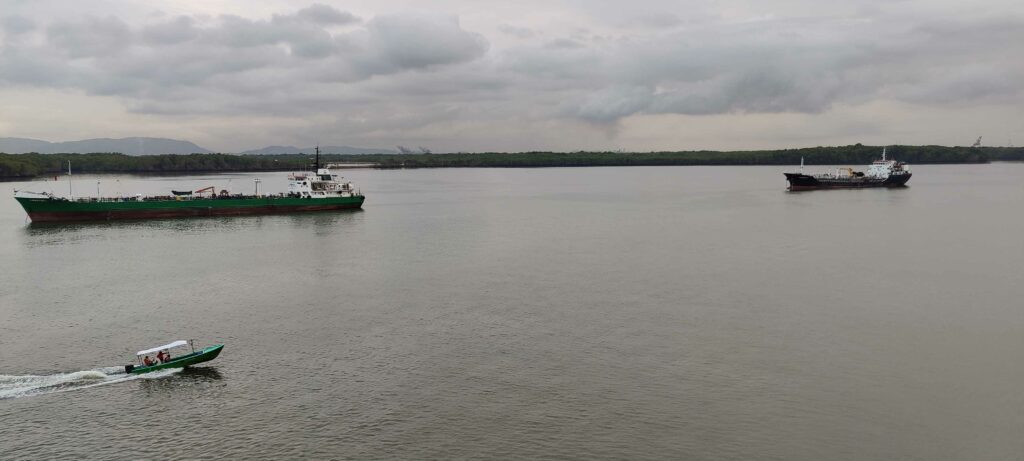
From there we had a two hour flight to San Cristobal, one of the two Galapagos islands that have airports.
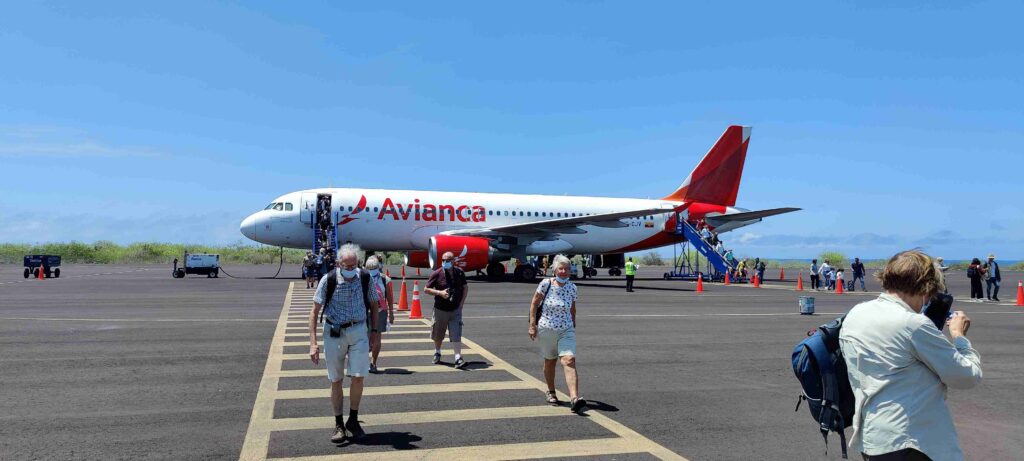
We arrived at our hotel in Puerto Baquerizo Moreno on San Cristobal in time for lunch. There were ten members in our party.
We spent the afternoon with a guide, first walking along a cliff top looking at the fascinating collection of wildlife, and then on to a local beach with a large population of sealions.
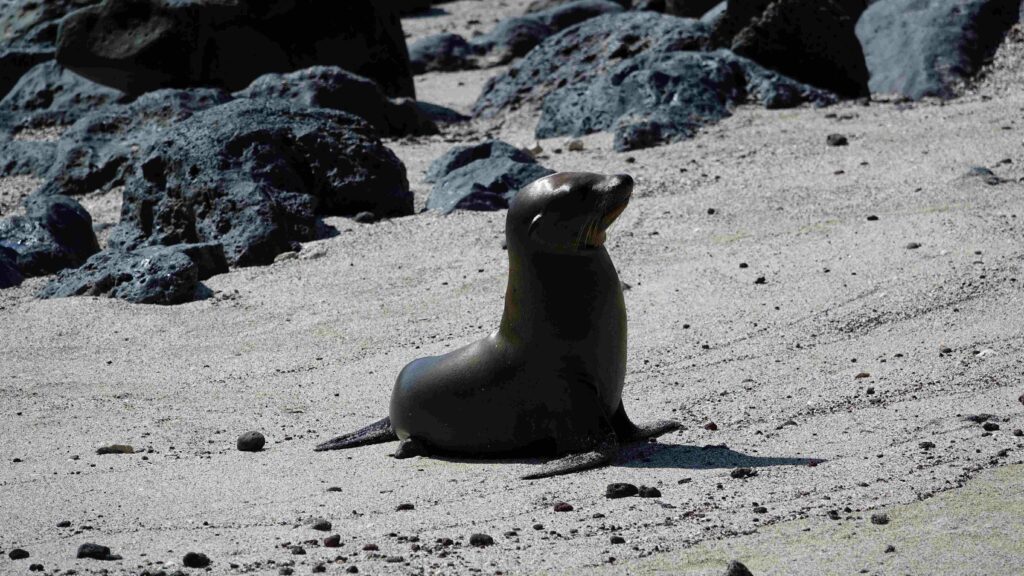
The first thing we noticed was that many animals do not seem to fear humans. The birds stay close, providing good photo subjects, and the sealions act like they want to share our company.
There were lots of birds, including several of the finch varieties that helped Darwin evolve his theory.

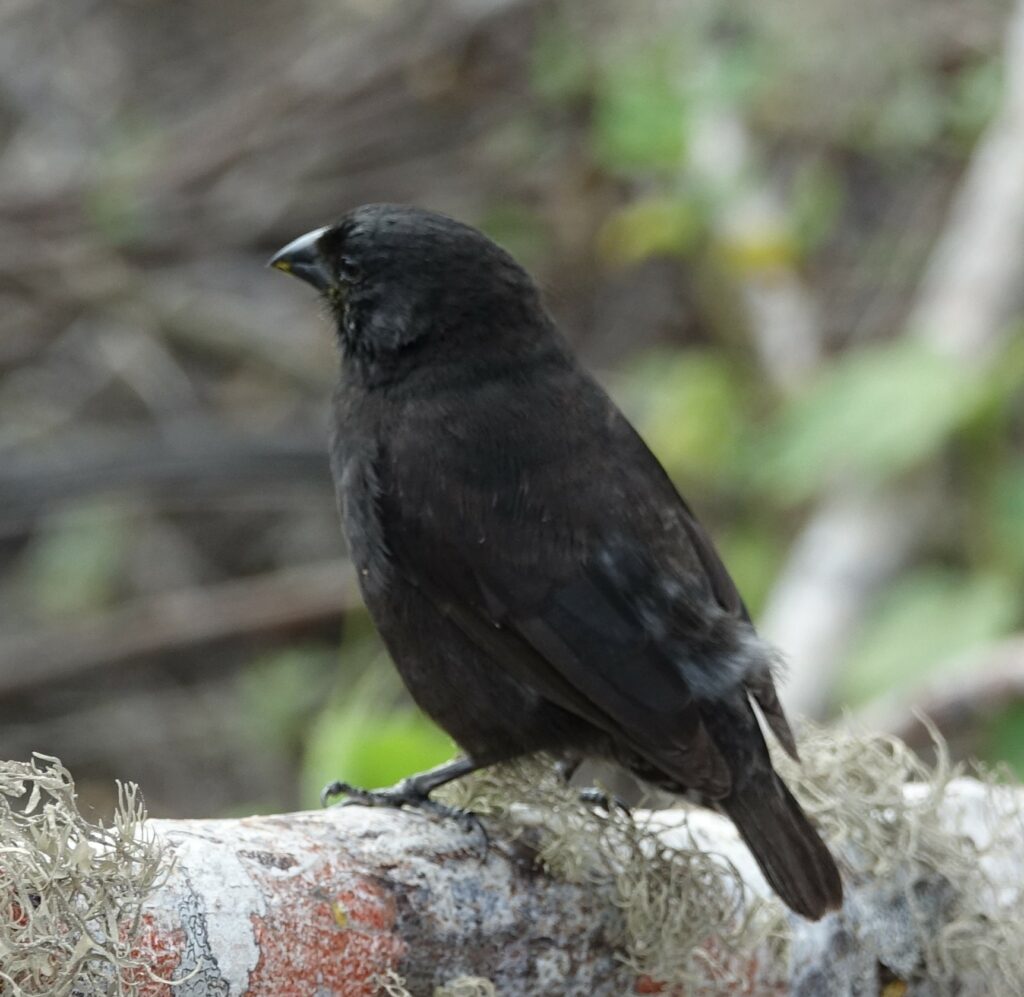
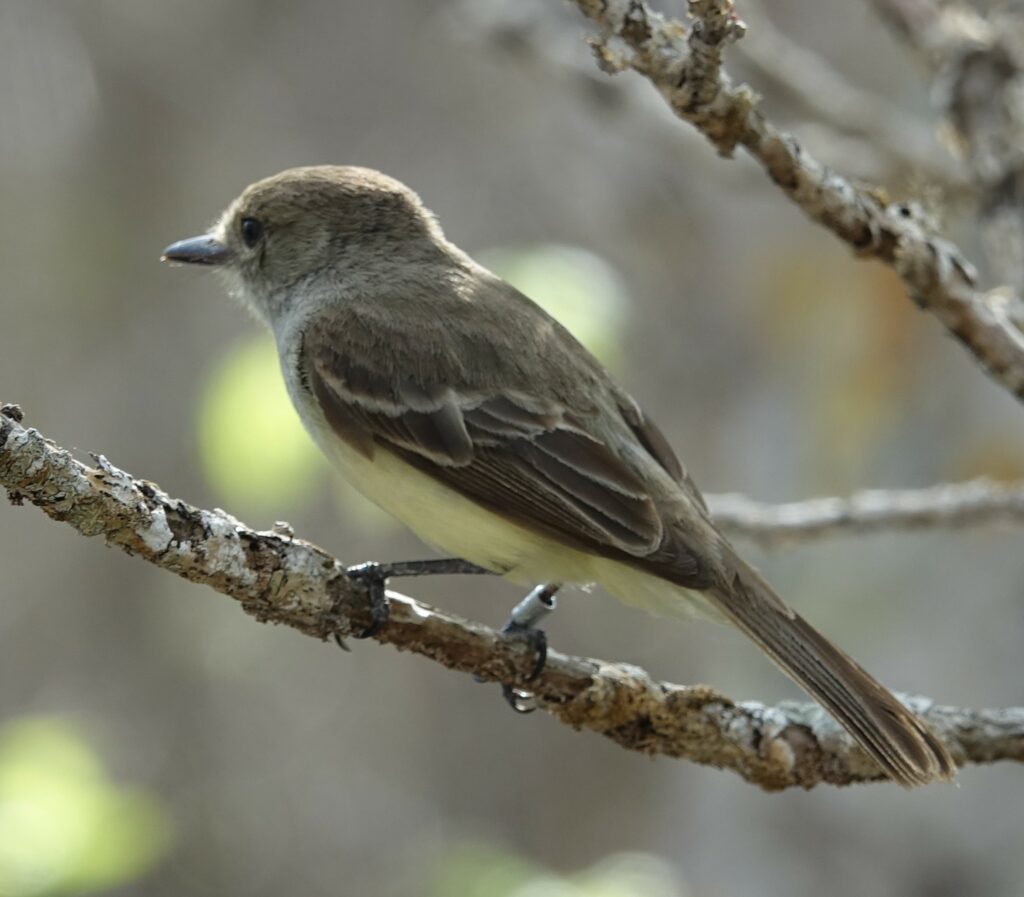
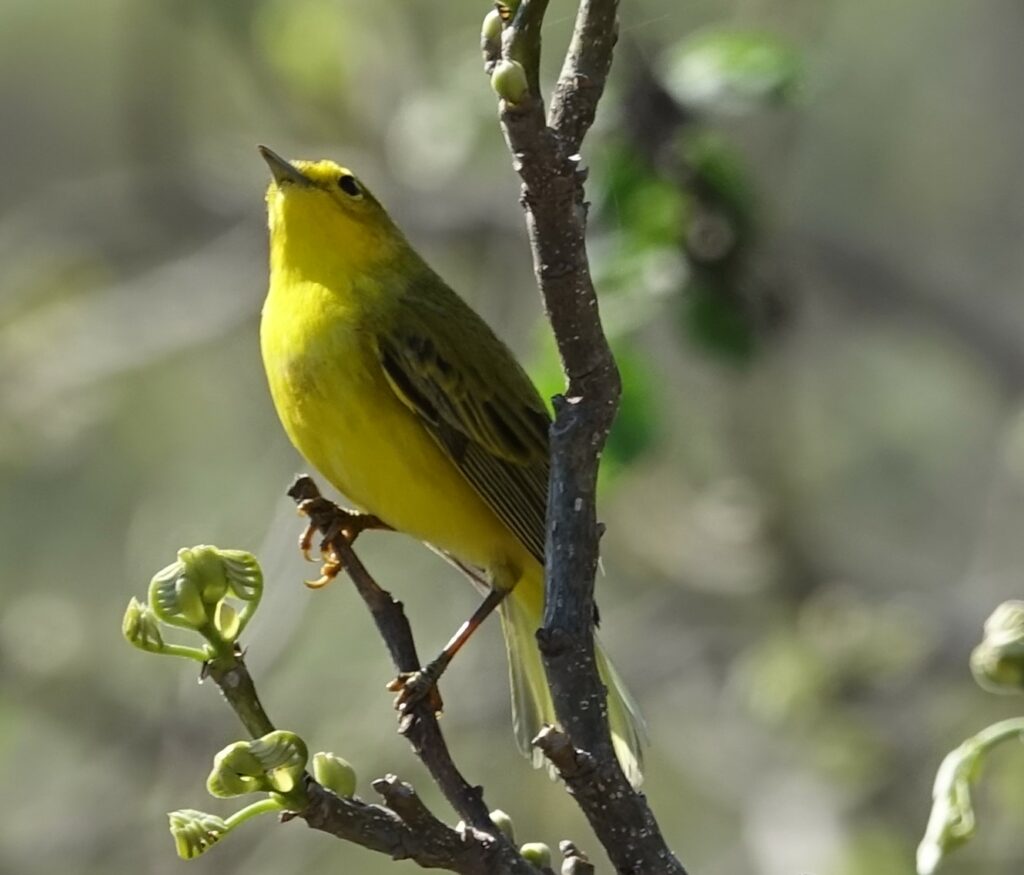
Everything was really colourful partly thanks to some recent rainfall. Cacti were flowering, green leaves had started to appear on the dry trees and their trunks where decorated with black, white and red lichen:
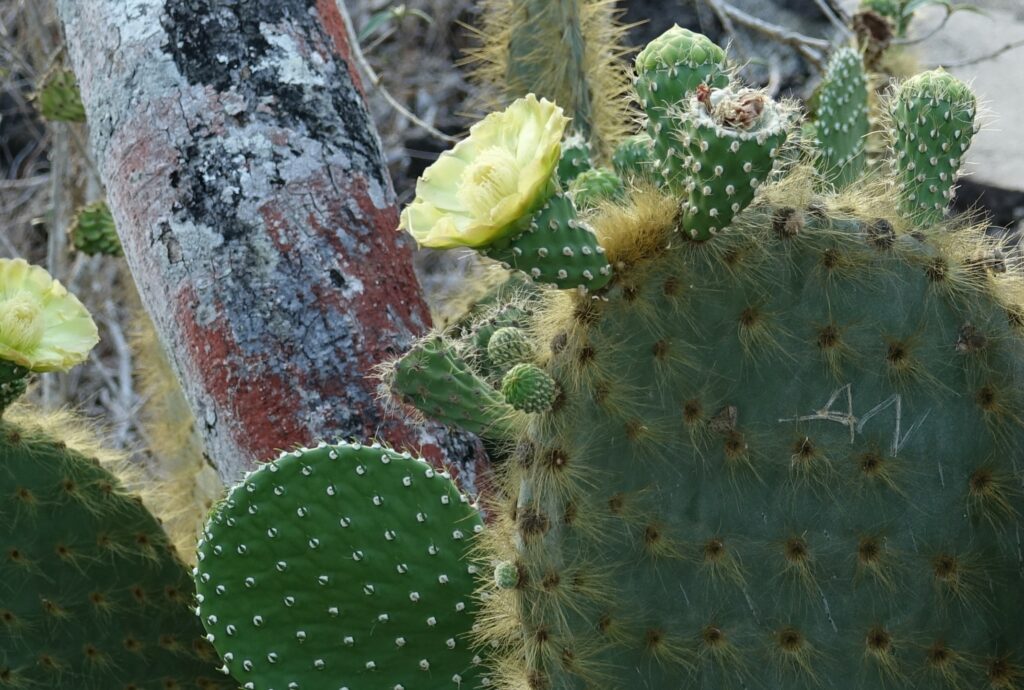
We were asked not to touch the animals and where possible to maintain a distance of at least two meters (no one told the sealions though) .
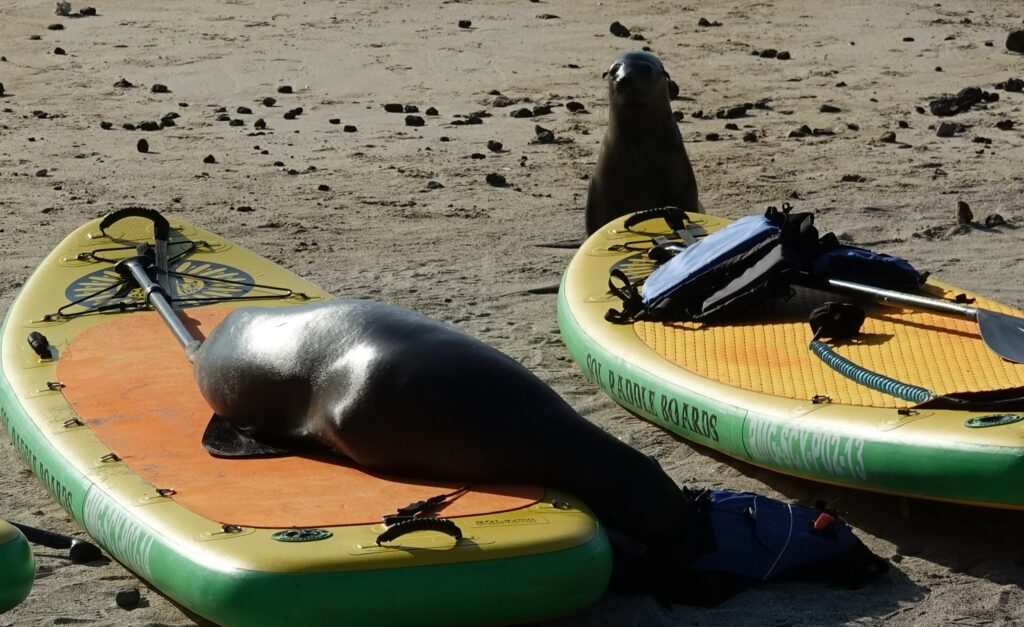
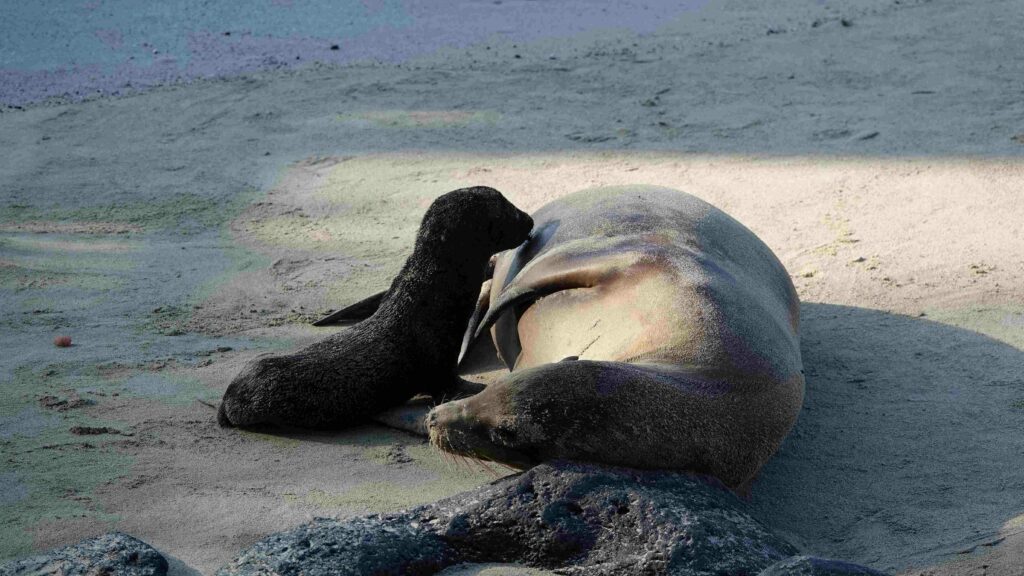
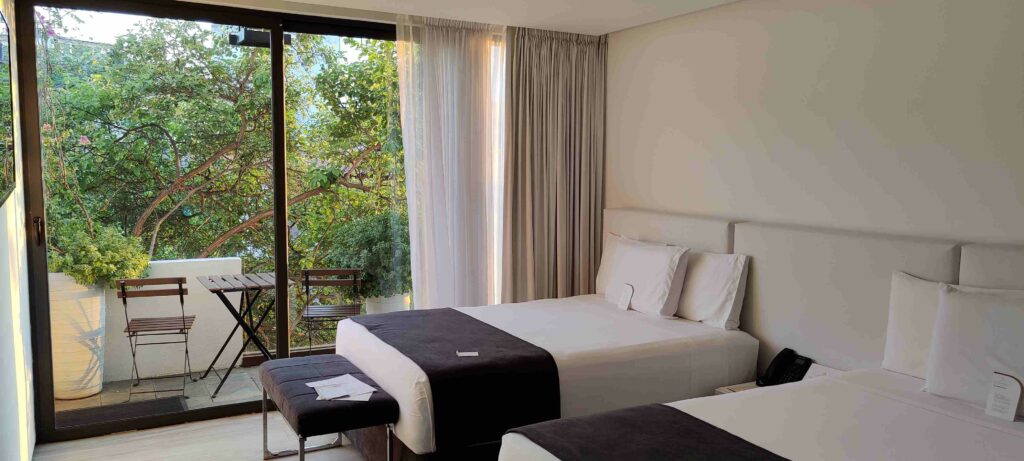
A chance to unpack for our three night stay at the Golden Bay Hotel, then it was “happy-hour” in the bar:
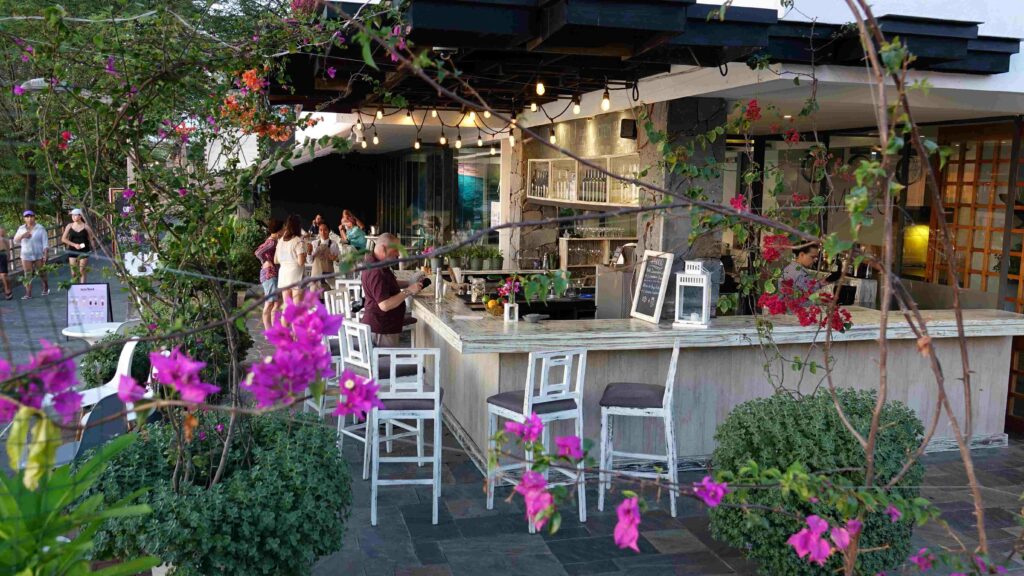
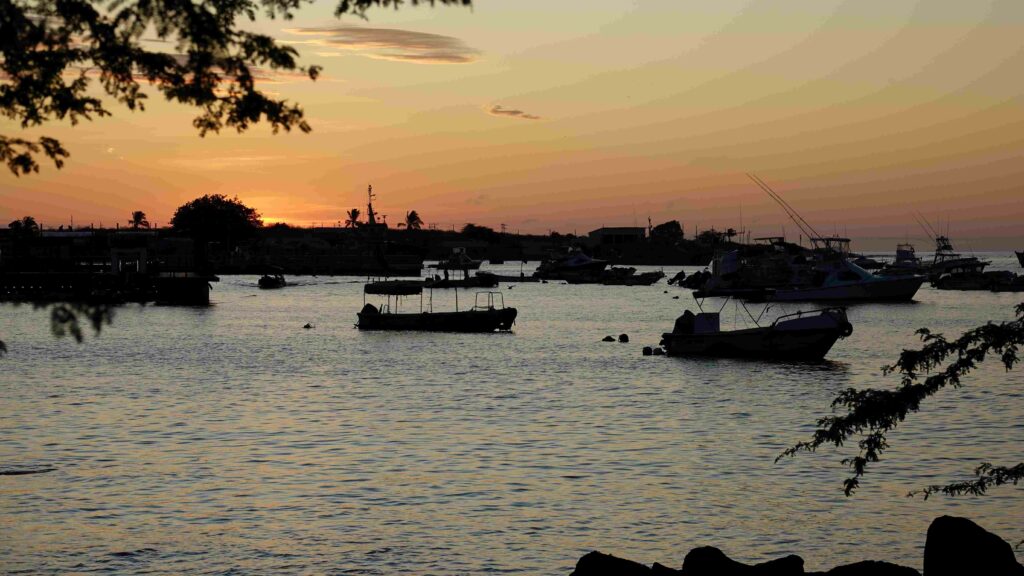
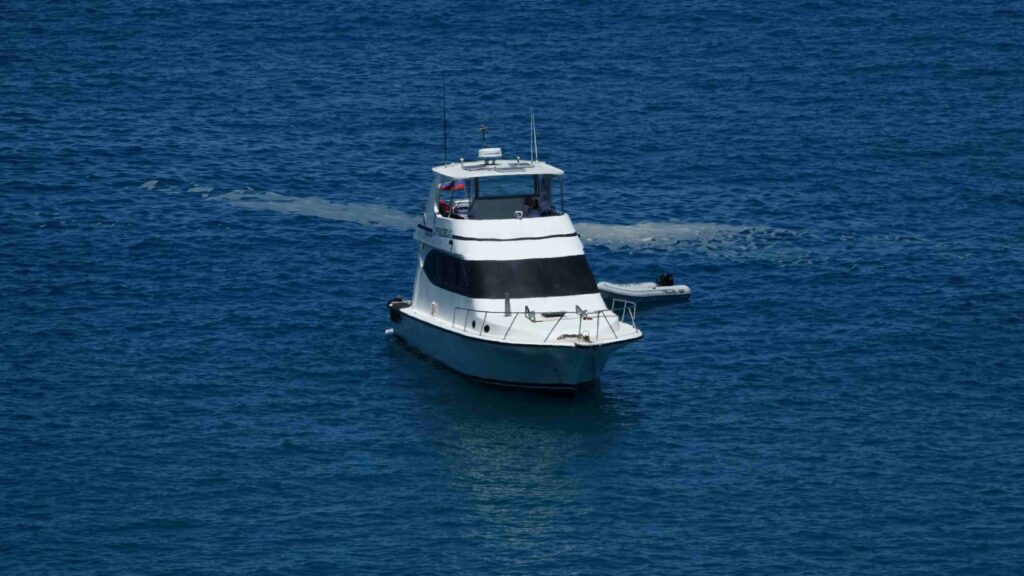
The next morning, fully equipped with snorkeling gear, including wet suites as the water is quite cool due to sea currents from the south, we set out to reach an isolated bay further up the coast.
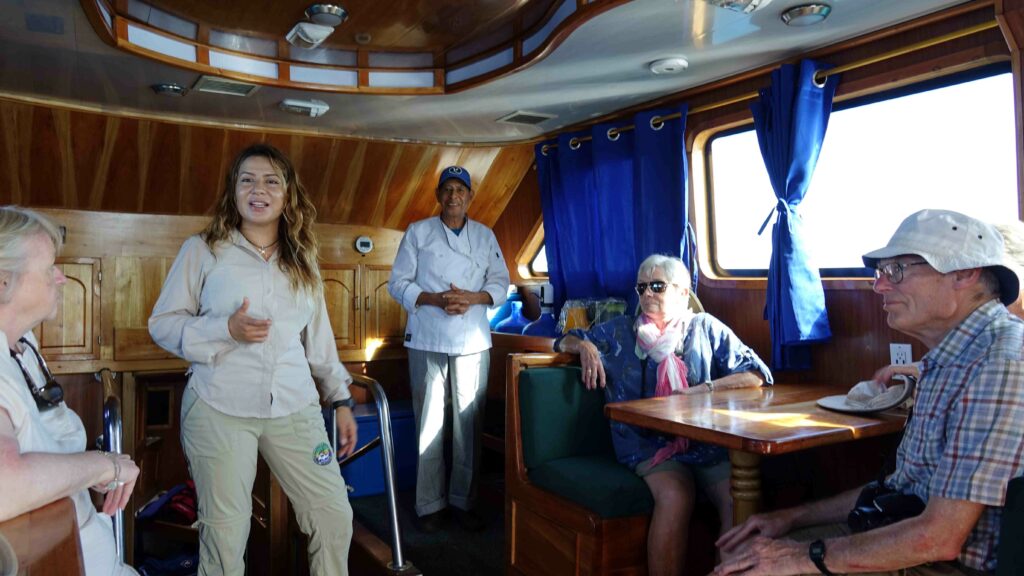
The sea was quite lively and after a refreshing swim from a beautiful sandy beach, we went for a walk. Lots there to see especially the iguanas:
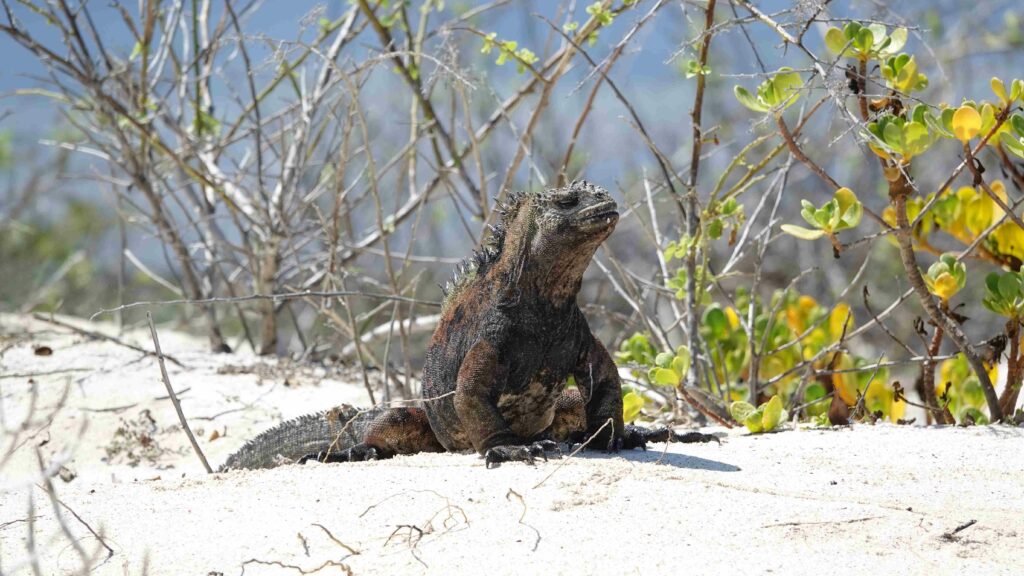
And the “Red Rock”, or “Sally Lightfoot” crabs:
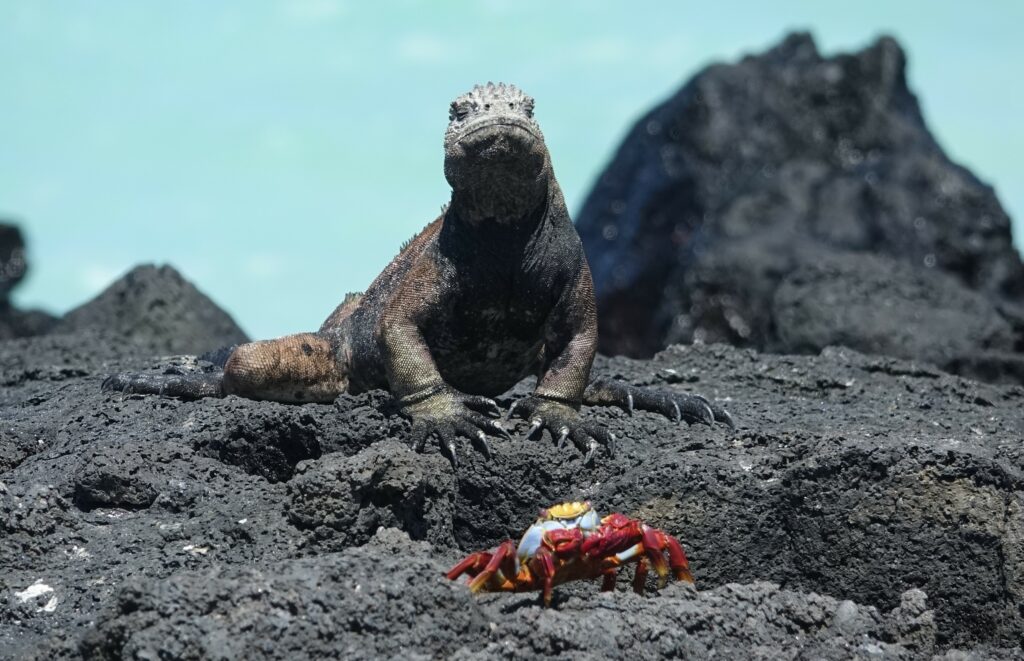
Then it was time to leave the beach and make our way to “Kicker Rock” in the distance:
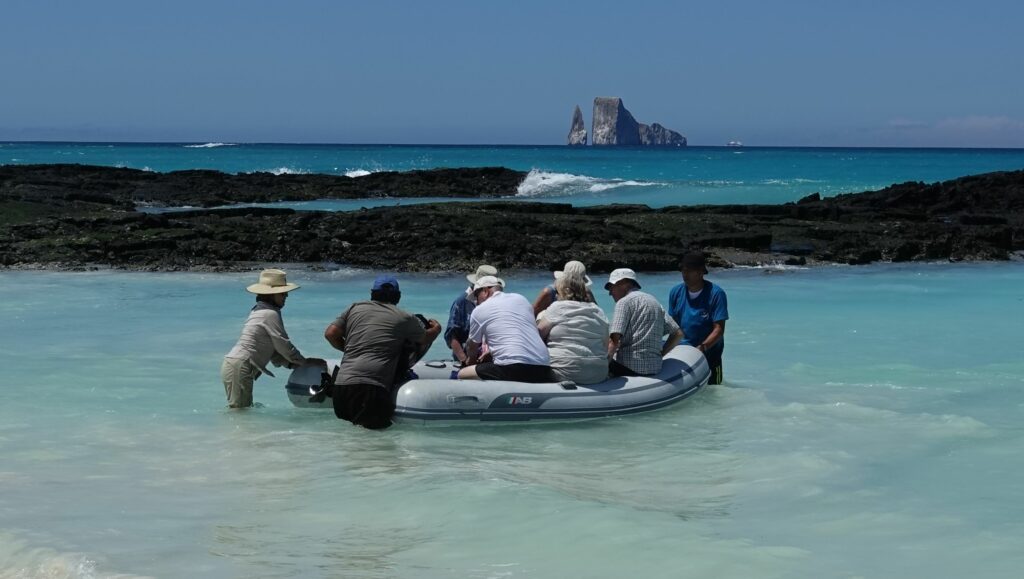
We passed this hole in the rock as we left the bay:
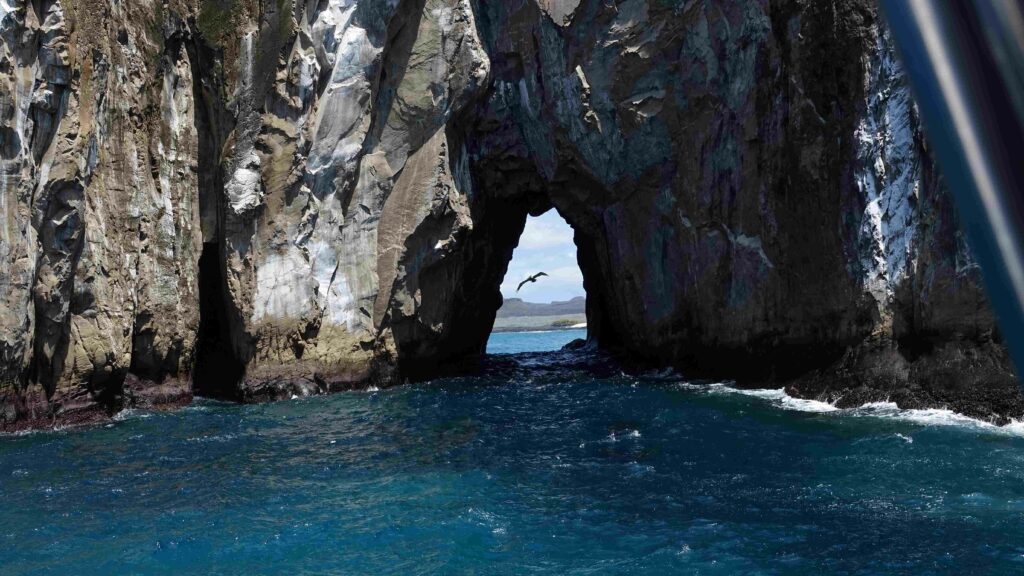
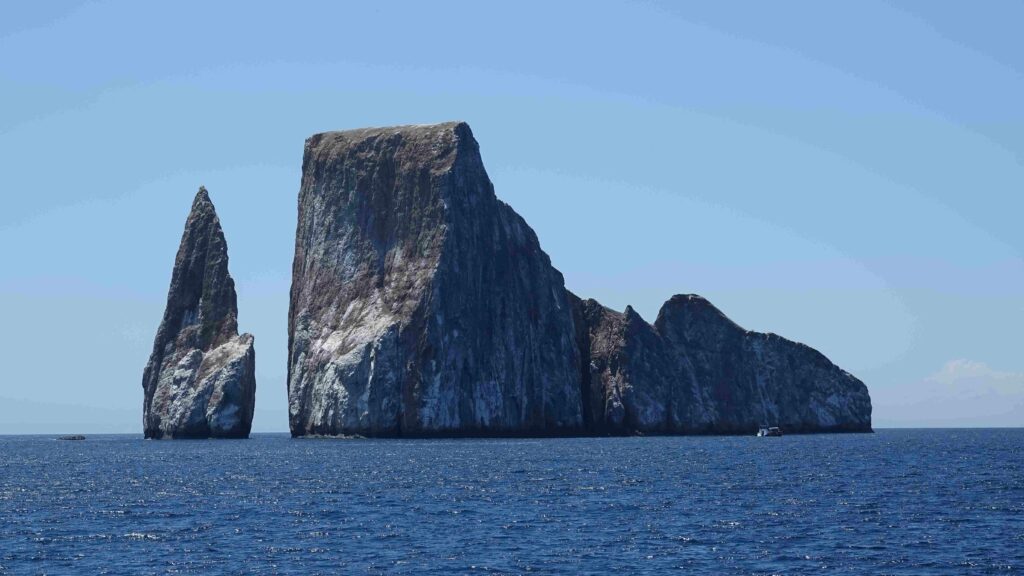
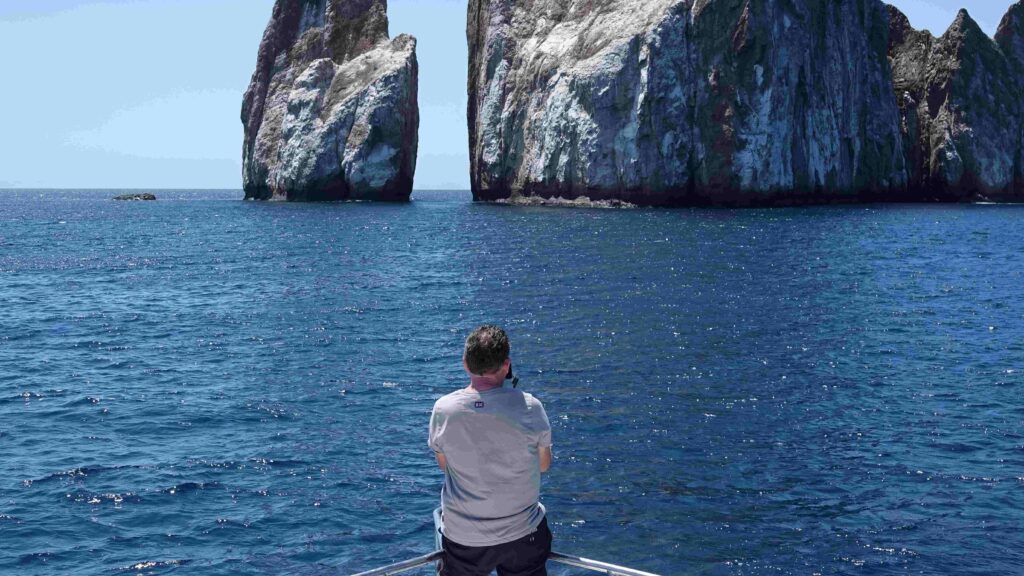
We spent a couple of hours snorkeling in the very deep water around Kicker Rock. There were lots of fish and a few turtles, but the main attraction was the sharks. Yes, we were supposed to be swimming with sharks!
Unfortunately, the sea was a bit rough and not very clear. You could only see a short distance through the murky conditions but one of the crew members swimming with us reckoned he might have seen a hammer head shark.
To be honest, I only saw one large fish. I suppose it could have been a young Galapagos shark, but to me it looked more like a tuna.
Were they just kidding us? Perhaps not. Other groups from our ship visiting other islands on that day claim they saw lots of sharks. So it seems our group was just a bit unlucky, assuming of course your idea of good luck is a shark swimming past your nose!
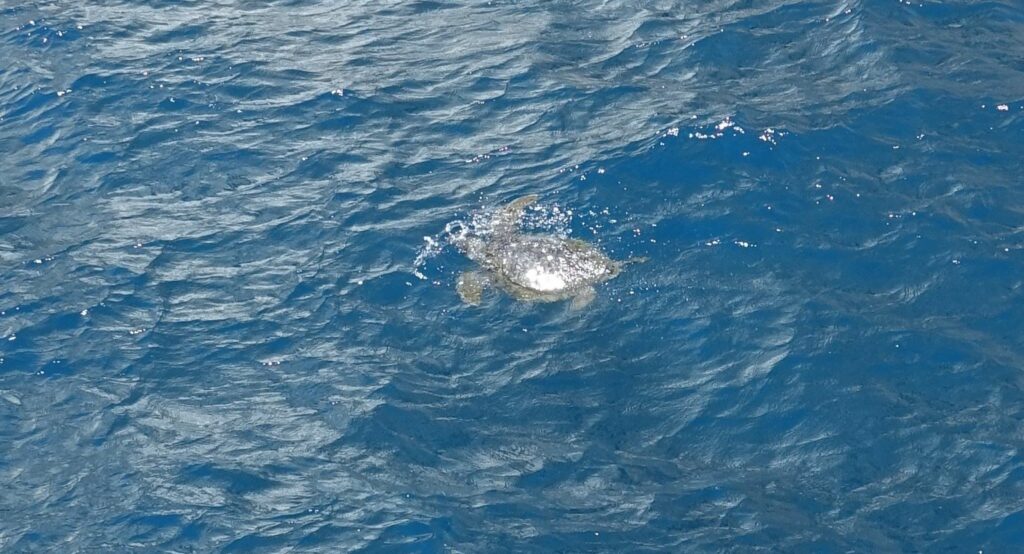
After that we headed back to the hotel.
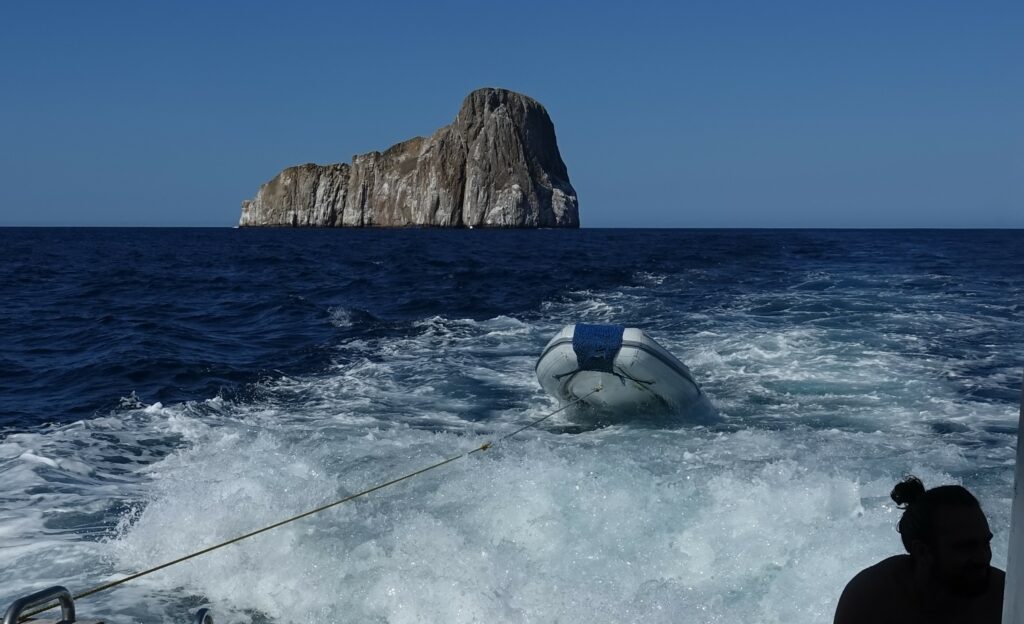
Although the beach was fenced off, the sea lions still managed to find their way into the bar:
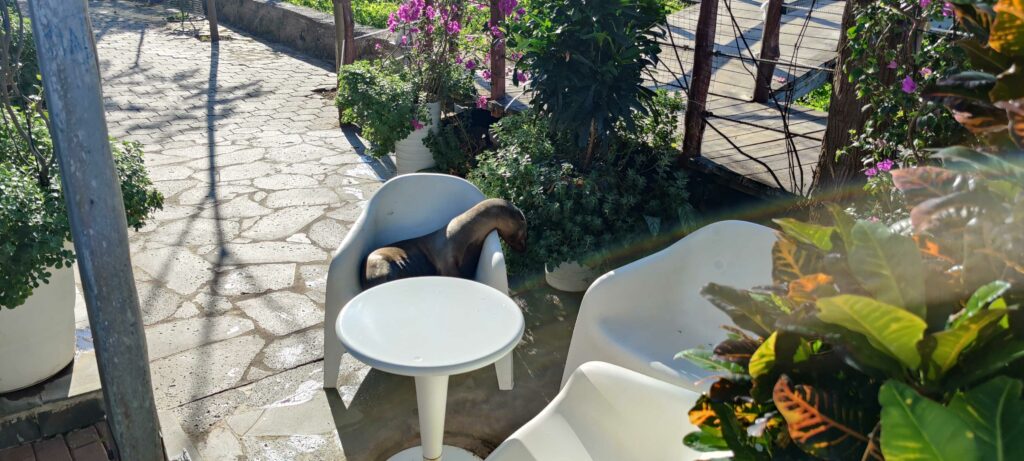
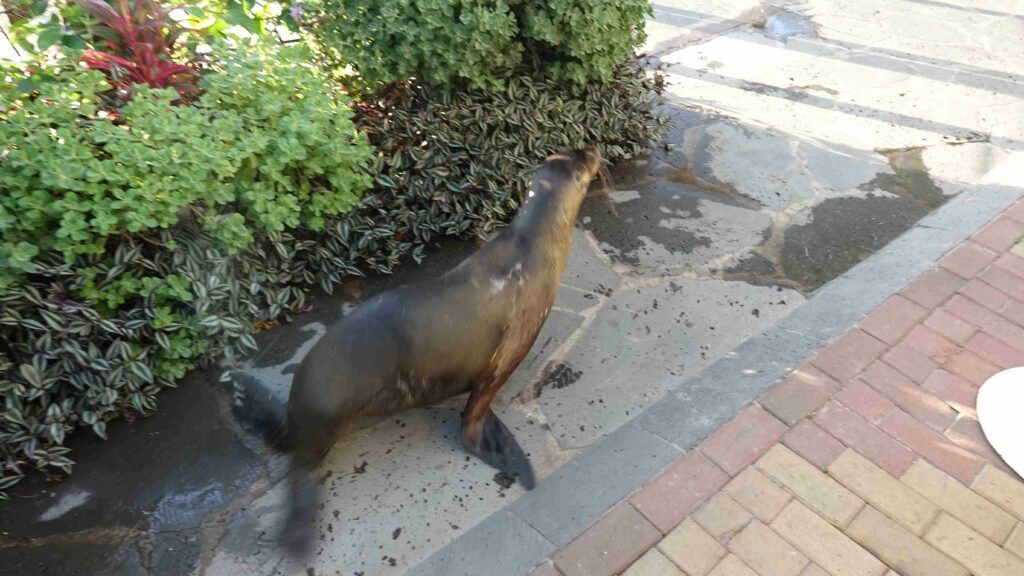
The barman opened a small gate to let her back on the beach.
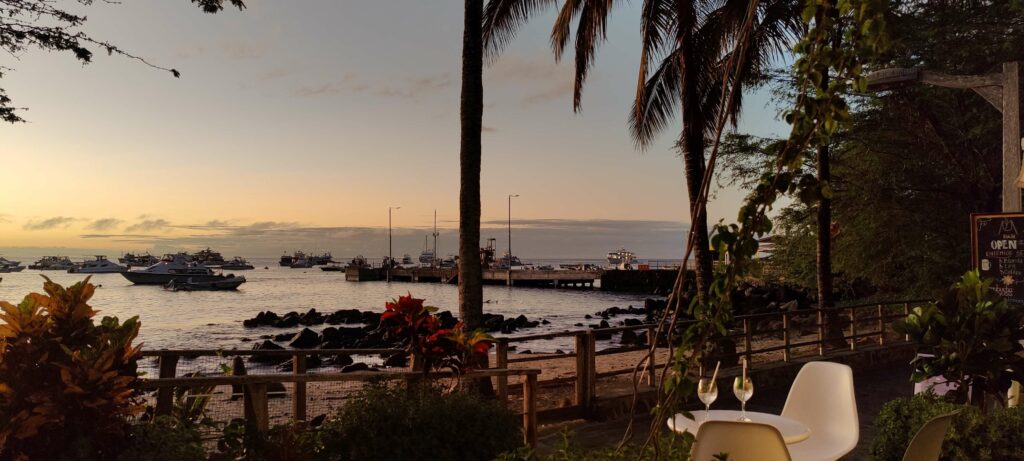
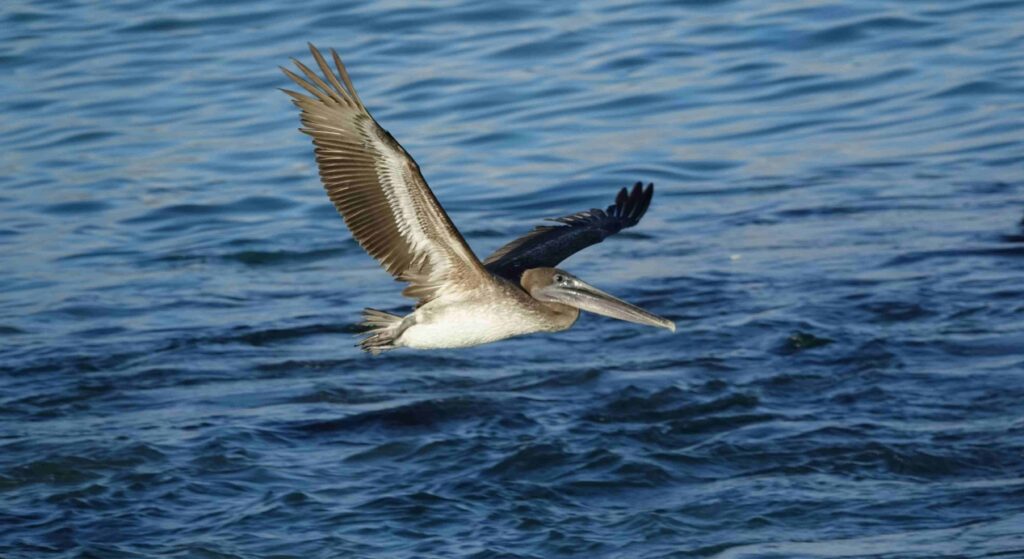
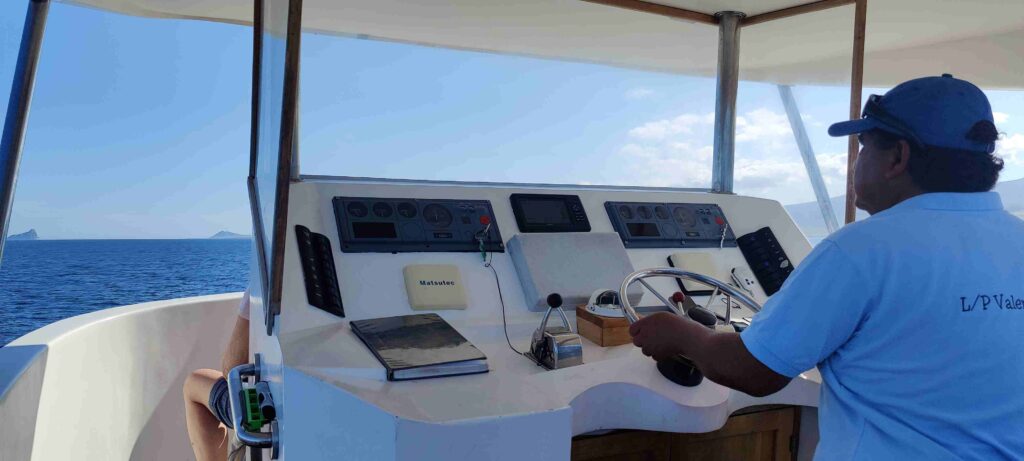
The next morning we set sail again on a three hour journey to the most remote part of the island. On the way we were treated to lots of dolphin visits. First we saw common dolphins and then bottlenose.
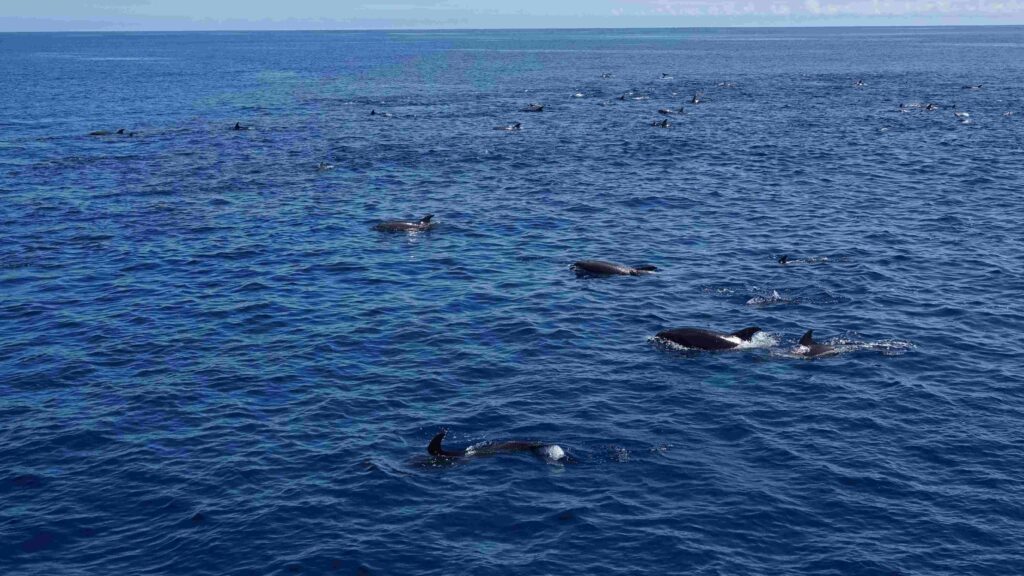
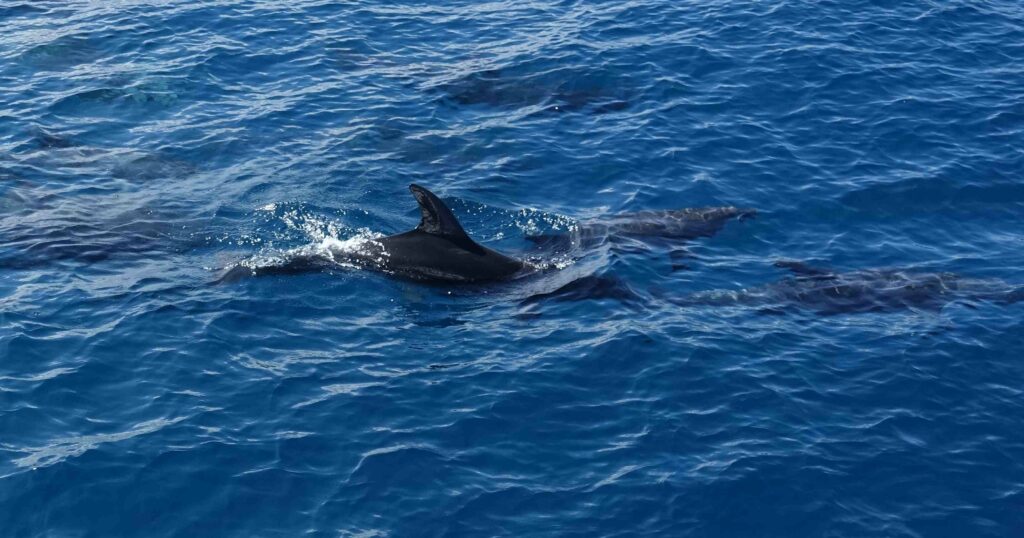
The bottlenose were the most friendly coming right up against the boat. There were hundreds of them. They swam with us for some time often leaping two or more meters into the air.
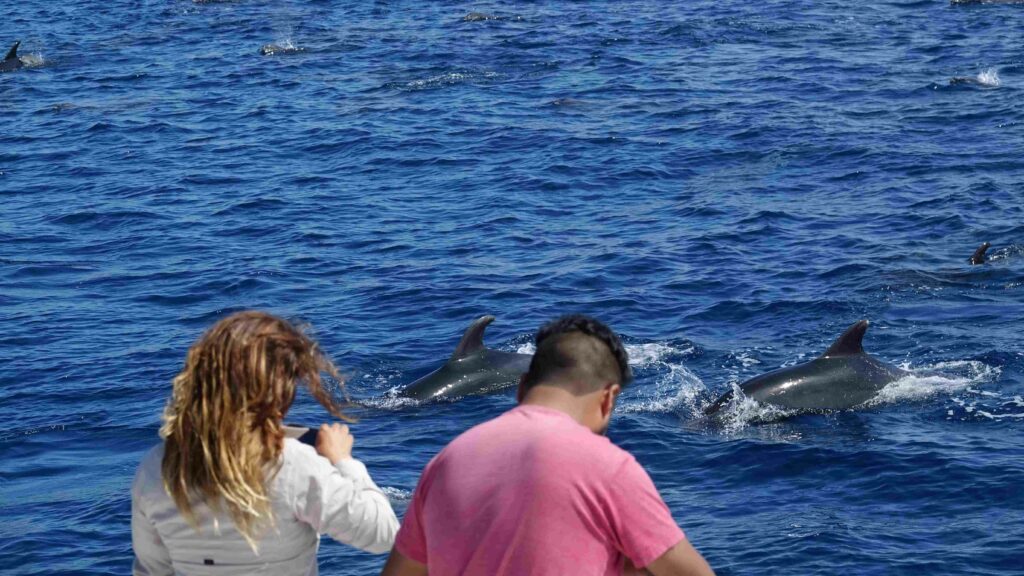
It was an incredible sight, one I will never forget. They even paid us a second visit later that day as we travelled back to the Golden Bay. Quite amazing.
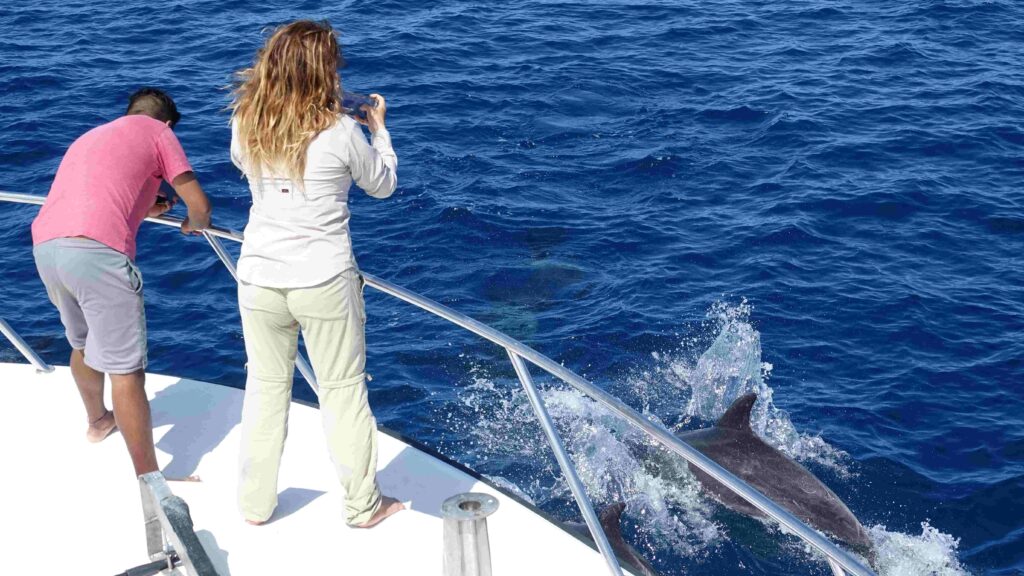
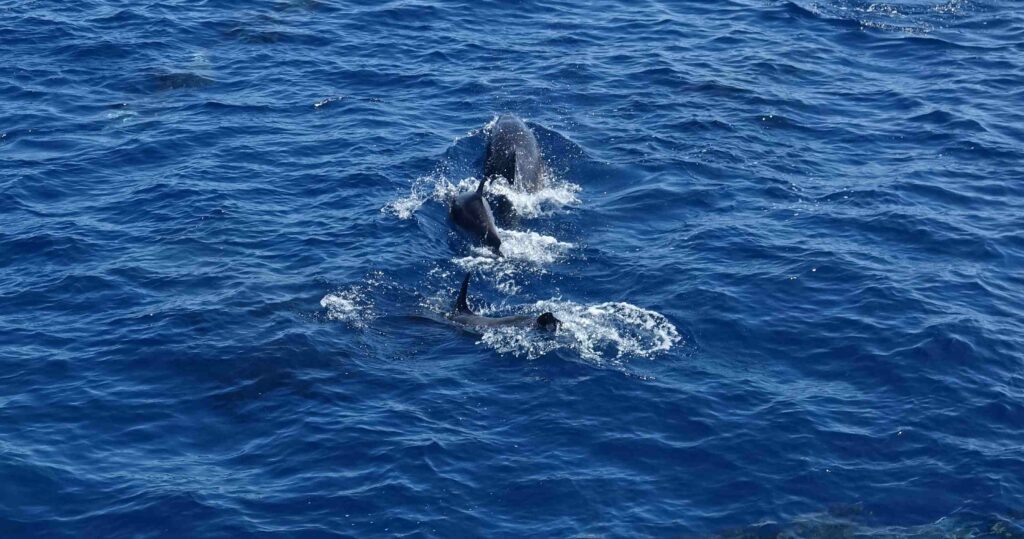
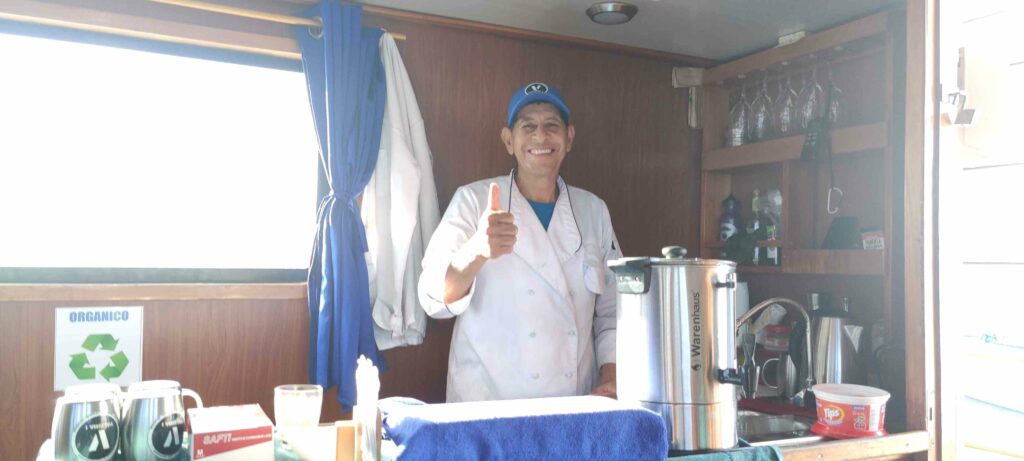
We eventually reached our destination, a small bay in the north of the island. Using the dingy we landed on the beach to begin our walk up to the highest point. This is apparently the only place in the World colonised by both red footed and blue footed boobies.
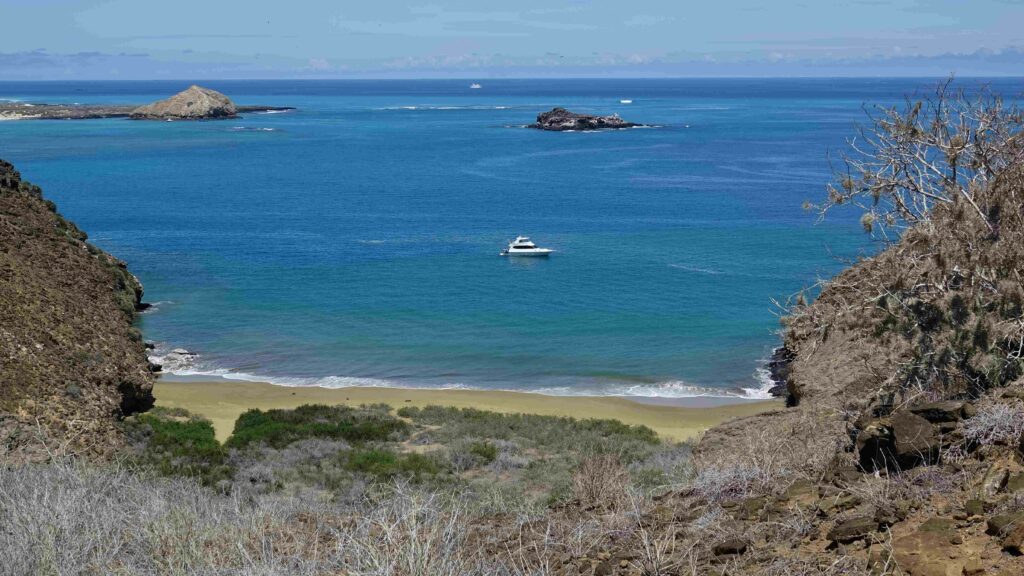
We commenced our walk. It was very hot and the climb was steep:
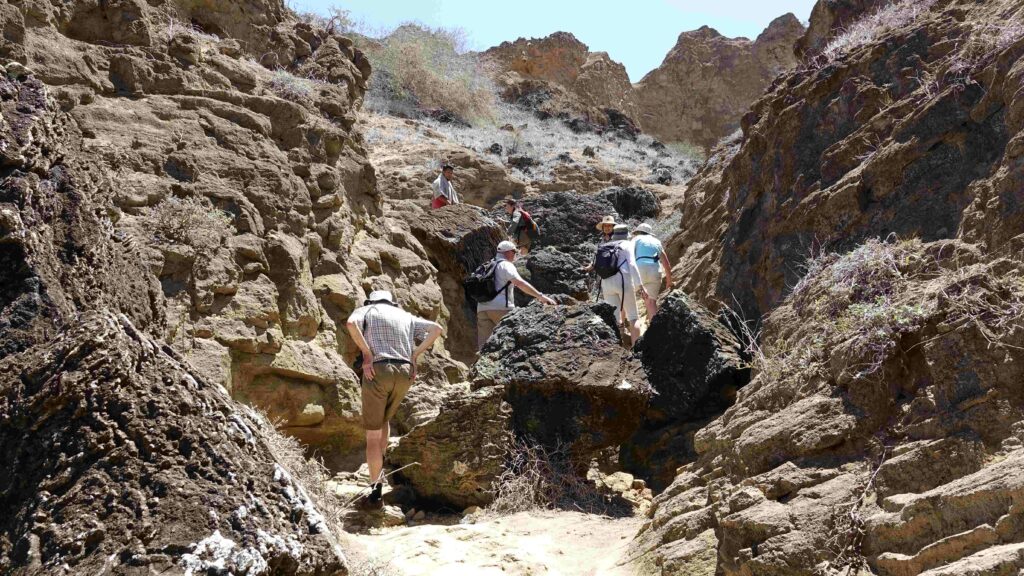
But the views were stunning:
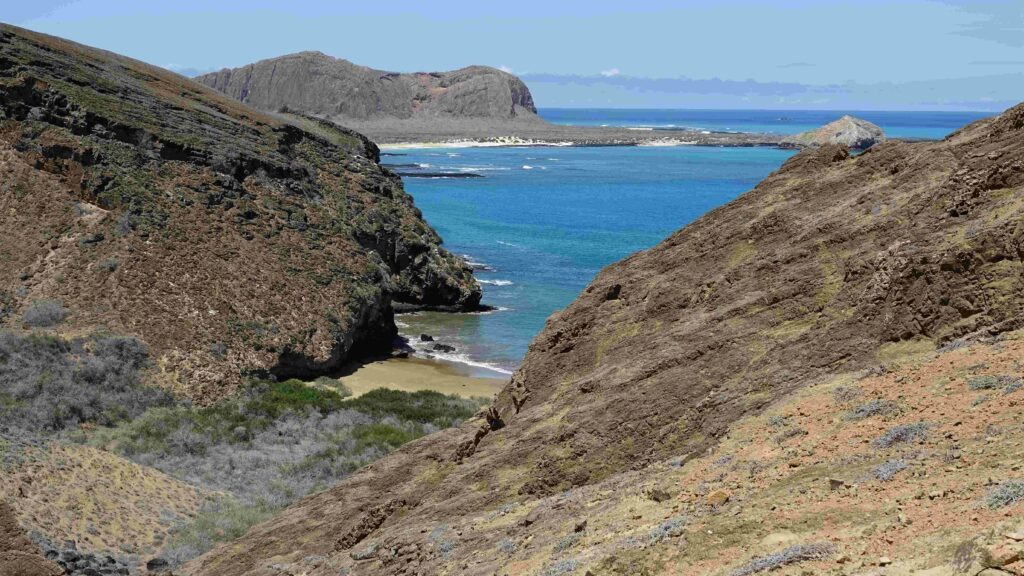
We saw lots of boobies nesting in the area, both red footed and blue footed.
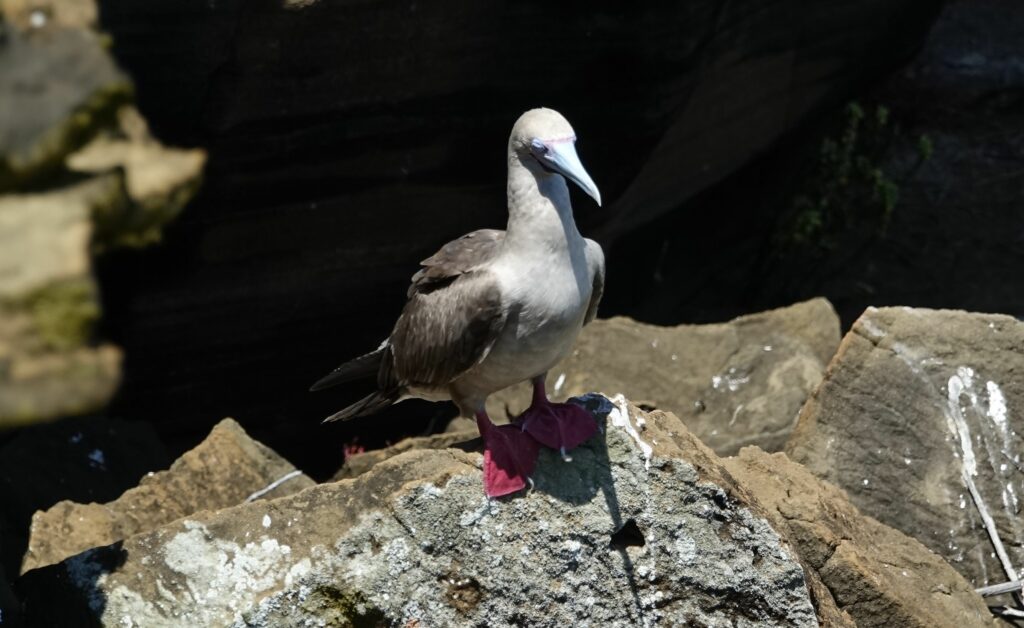
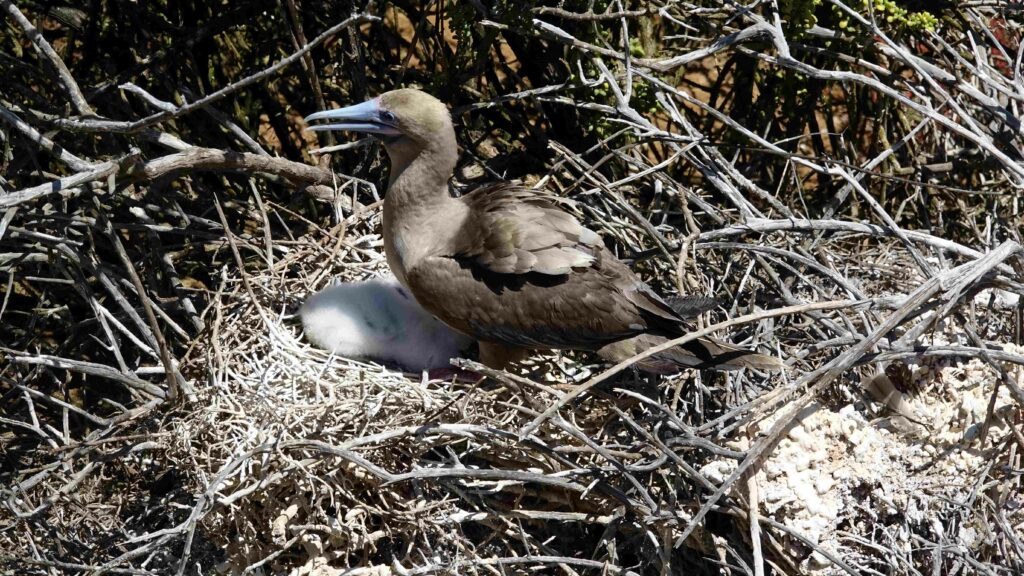
Circular marks on the ground were evidence that the blue footed boobies had been performing their courtship dance. This is where a male and female face each other and circle to the left while alternately lifting a beautiful blue foot to display its undersole to their partner.
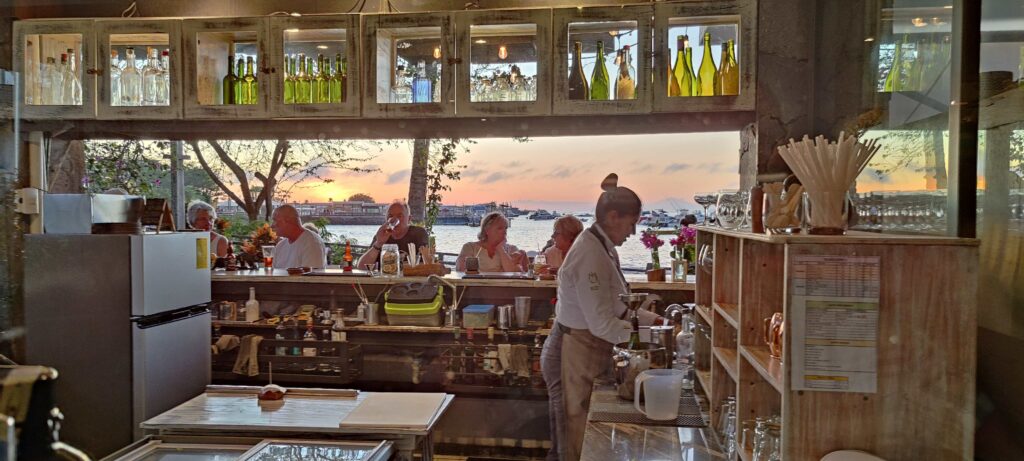
The following day, before our journey to the airport, we visited one of several centres where they breed tortoises and release them into the wild in order to reintroduce these famous inhabitants.
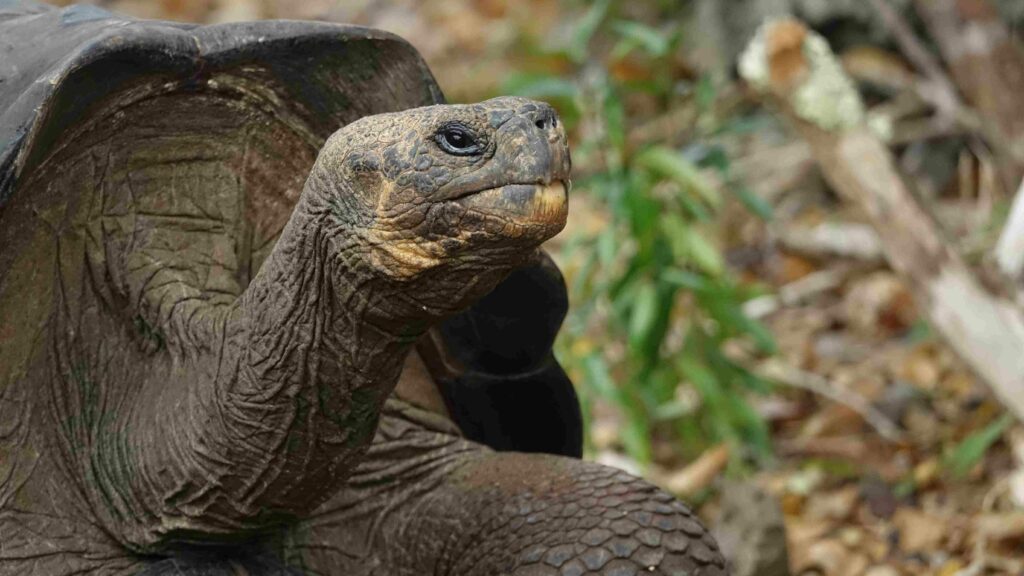
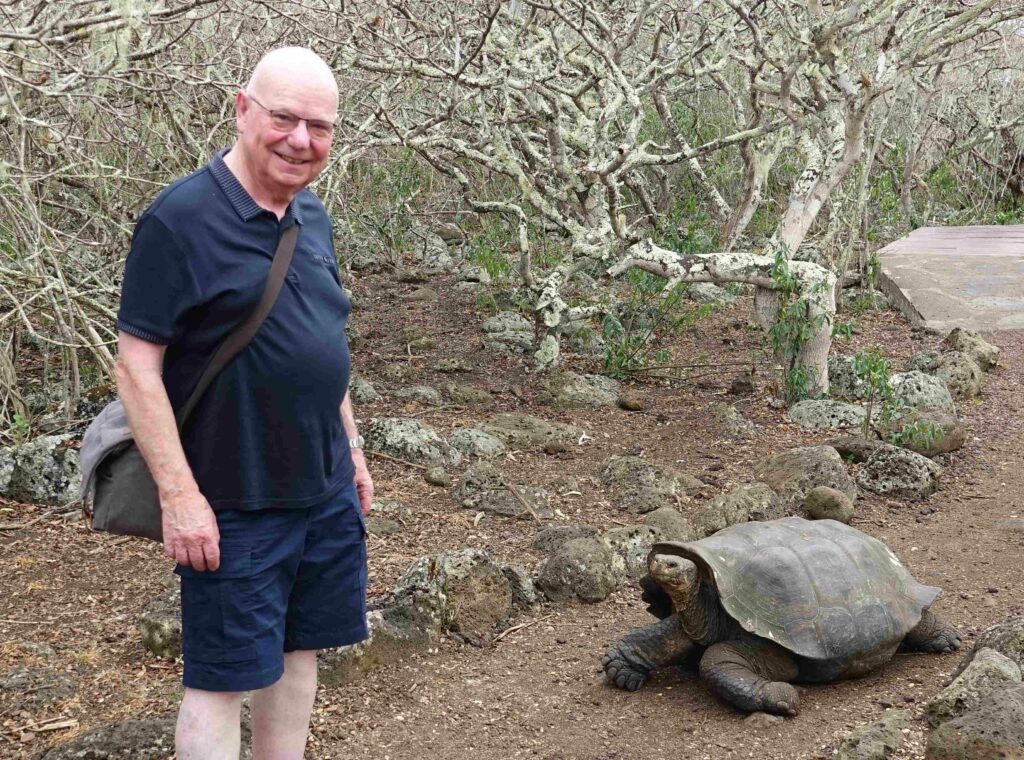
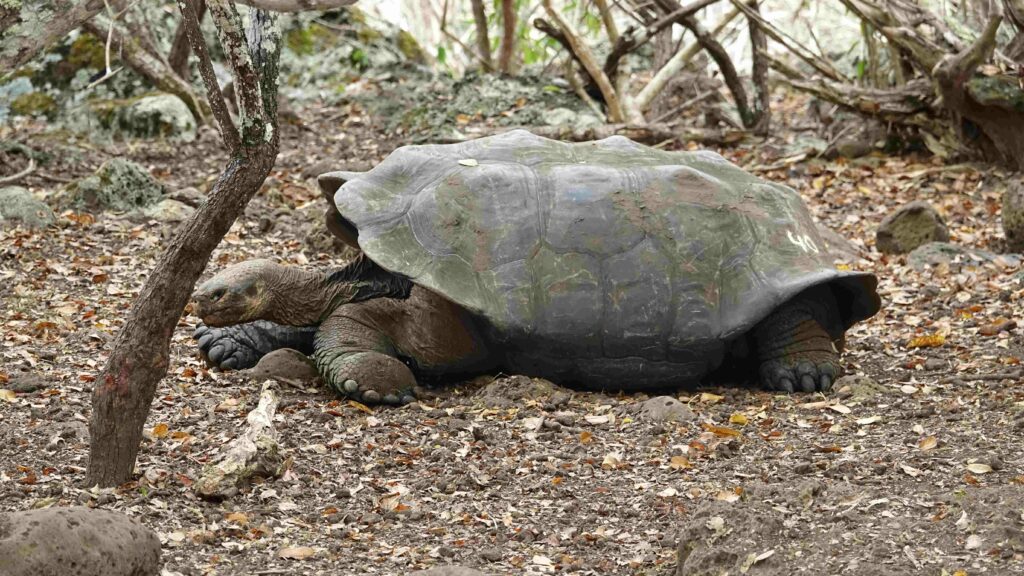
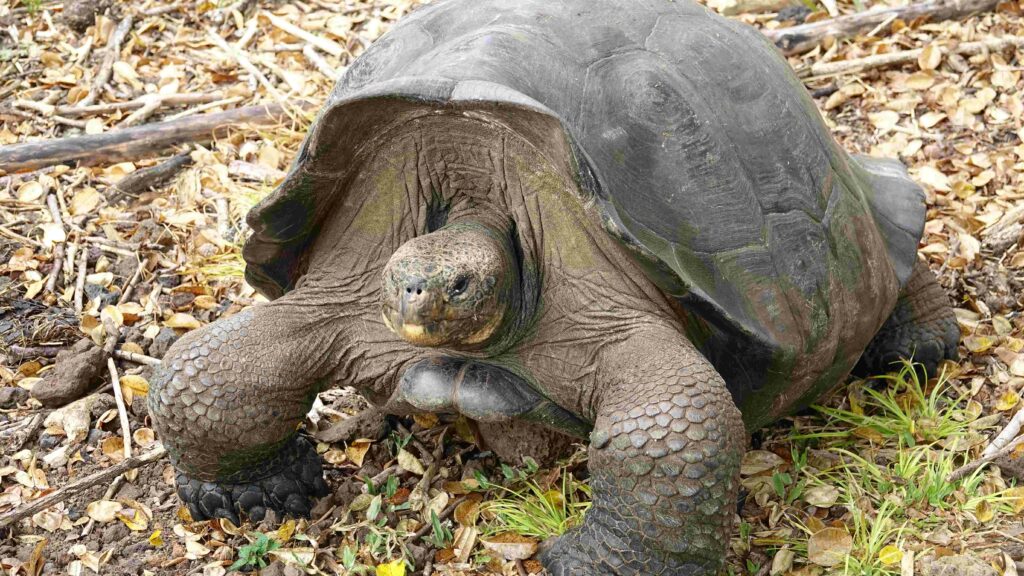
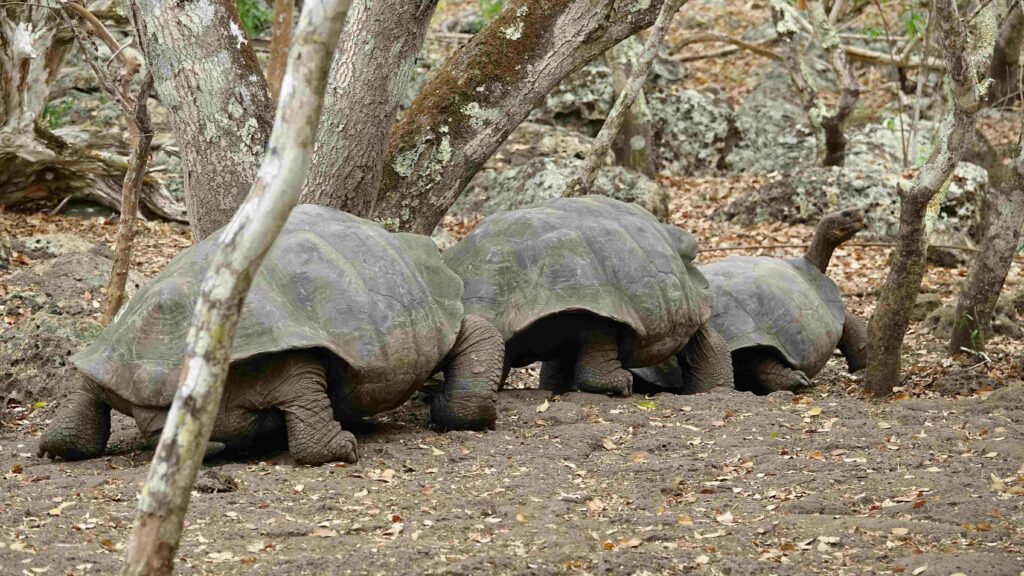
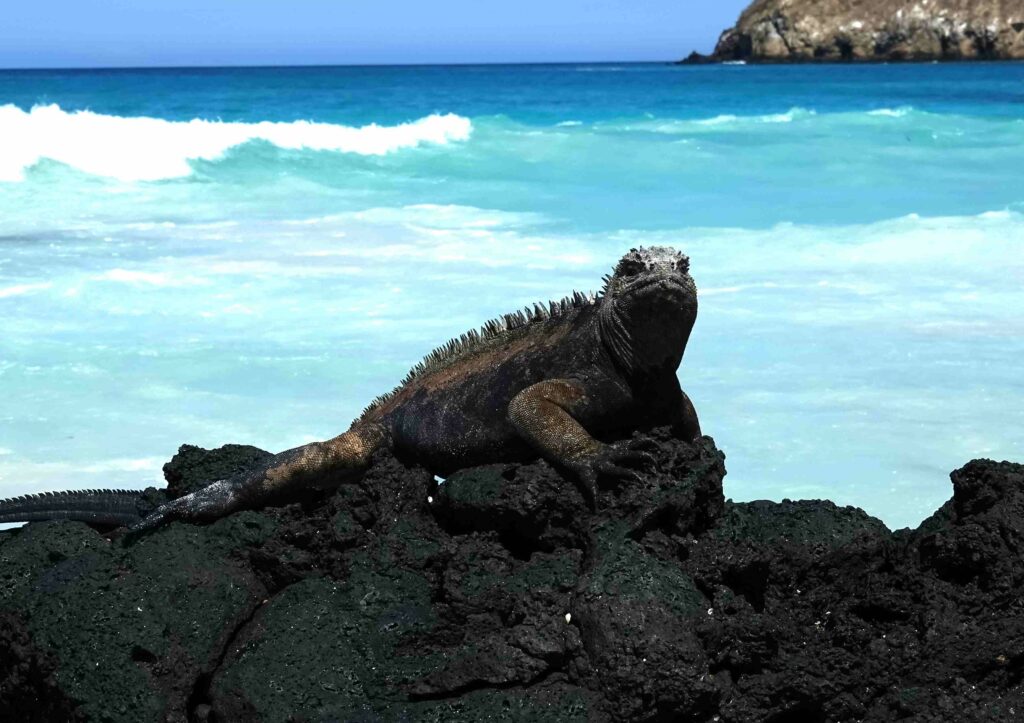
While we were away, the Balmoral had moved on and was now docked at Lima in Peru. We needed two flights to reach it, first to Guayaquil and then on to Lima, so we arrived very late but still in time to enjoy a welcome ‘home’ cocktail on the quayside.
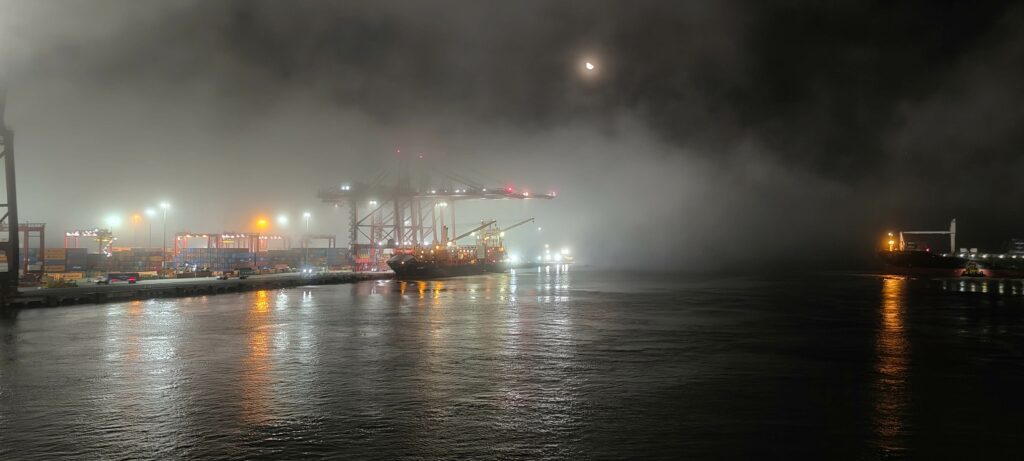
The ship was now on its way to Arica in Chile where I would be leaving again, this time for four nights in the Atacama Desert.
I’m sure the Atacama Desert will be good but I cannot imagine that anything can beat the Galapagos. It was amazing.
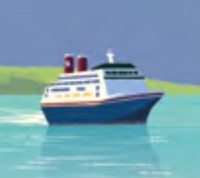
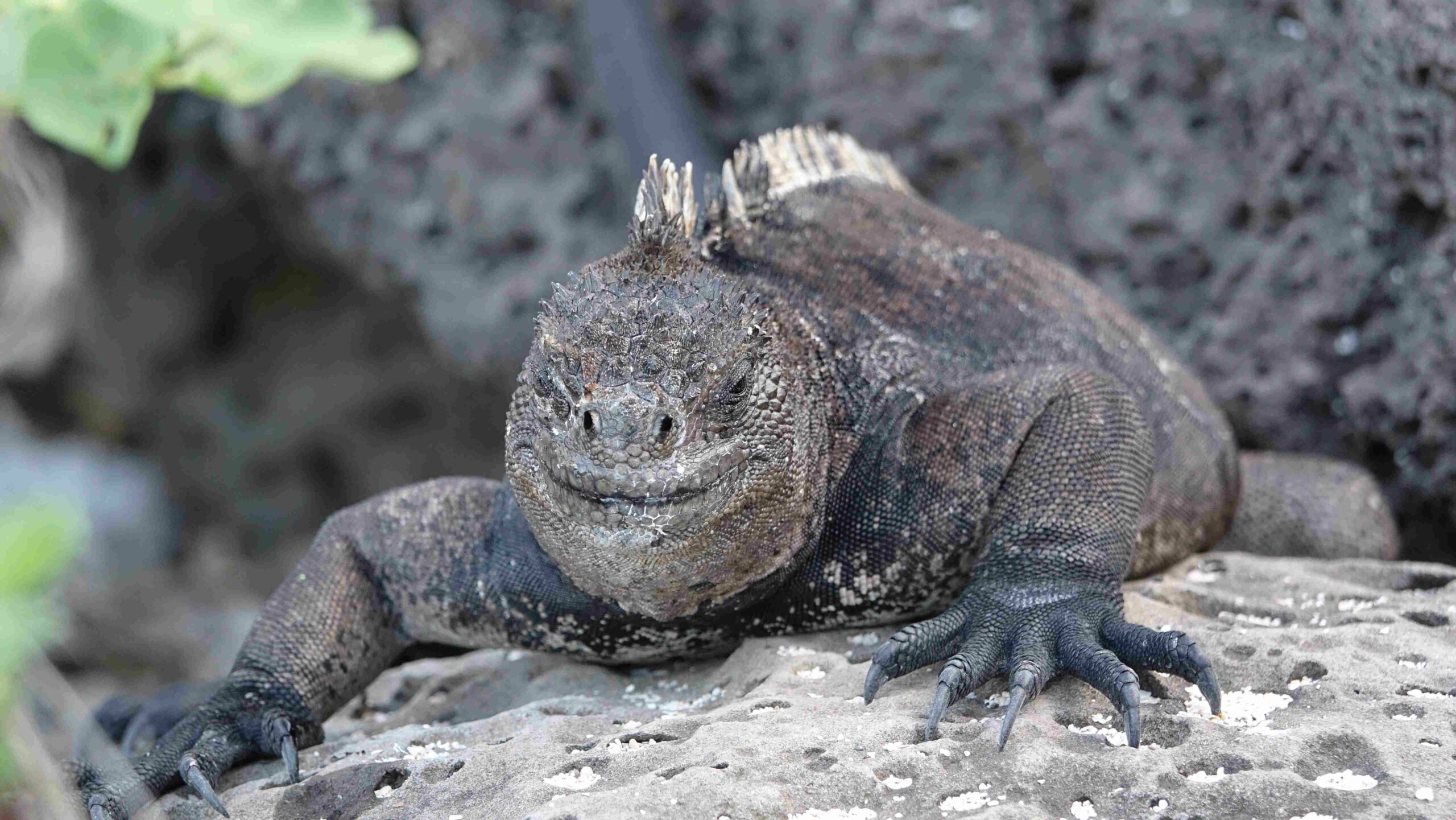
Leave a Reply